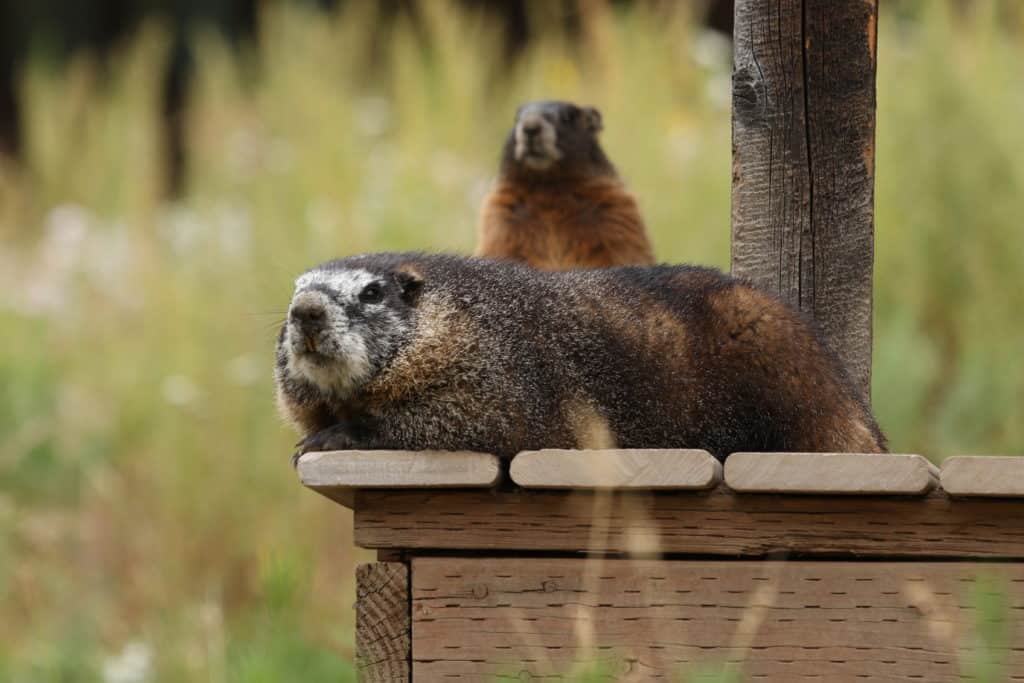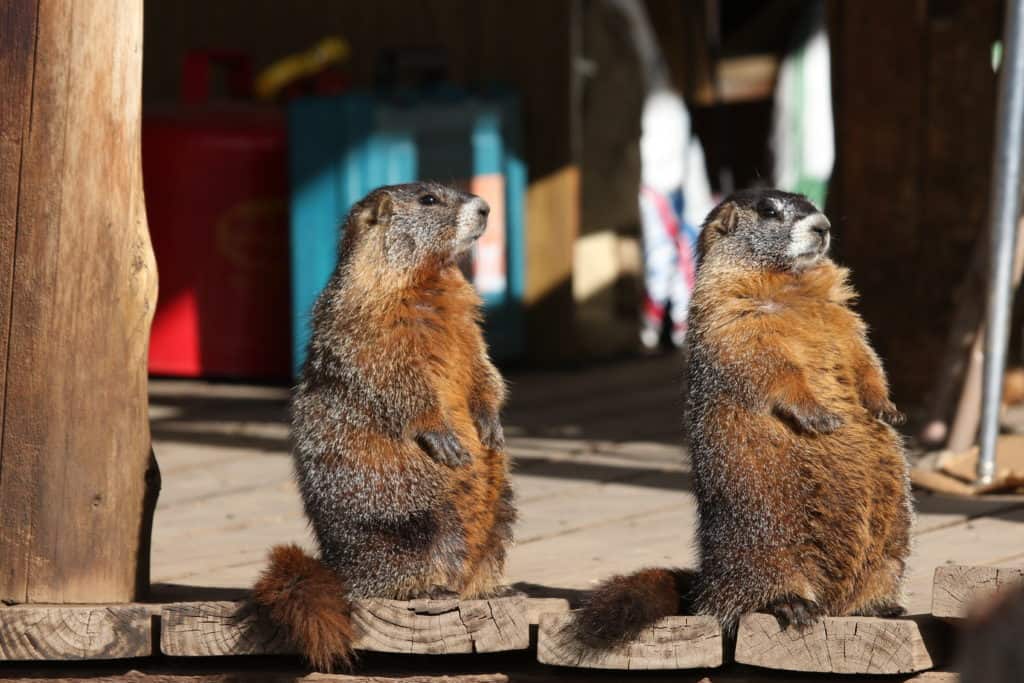Share this article
TWS2021: Are marmots habituating to humans?
Yellow-bellied marmots can become habituated to human presence on hiking trails, but only to an extent. Constant vigilance of people nearby may cause the mammals to miss important meals before hibernation.
“Marmots decreased their rate of body mass over time, maybe because of increased vigilance,” said Kenta Uchida, who is starting as a postdoctoral researcher at the University of Tokyo and the Japan Society for Promotion of Science. “They don’t have enough time to forage and get fat.”
Uchida was interested in studying how animals adapt to urban or outdoor recreation areas. He decided to study this in yellow-bellied marmots (Marmota flaviventer), a species found widely in western states in high elevation areas.
“Marmots are a great system to study how animals respond to humans and understand what is the long term effect of recreation,” he said.

Uchida approaches a marmot to determine how long it takes the marmot to run away. Credit: Misato Uchida
In research presented at The Wildlife Society’s virtual 2021 Annual Conference, Uchida, who was a postdoctoral researcher at the University of California, Los Angeles at the time of the study, and his colleagues analyzed previously collected marmot data. From 2002 to 2018, the team captured marmots in Crested Butte, Colorado and marked their fur so they could identify them later. They recorded the distance that they could approach marmots before the animals ran away. The researchers also watched marmots from afar using binoculars and recorded how much time the mammals spent watching for potential threats versus how long they focused on eating. The records also included measurements of marmot body mass. Uchida himself added some of his own information to the database in 2020 and 2021, though these later years weren’t included in this research.

Uchida prepares to mark a trapped marmot before its released. Credit: Kenta Uchida
Uchida and his colleagues found that in areas with more human disturbance, marmots fled from humans at lesser distances. But marmots in these highly disturbed areas also spent more time being vigilant than those in wilder areas.
Marmots in areas frequented by humans also gained less body mass during the summer, the team found. That suggests that even though the animals may not flee from humans as quickly, increased vigilance may be taking time away from their feeding schedule.
“We think that habituation doesn’t necessarily mean they increase their individual fitness or that they are less stressed around humans because they increase their vigilance,” Uchida said.

Yellow-bellied marmots can tolerate human presence, but it may come at a cost. Credit: Kenta Uchida
He said that the research shows that while animals might get used to humans being around, this may come with extra costs. In the case of marmots, it could affect long-term survival or fitness, since the mammals need to eat a lot to fatten up for hibernation over the winter.
Uchida added that the framework for this long-term study could also be applied to other animals to determine if human presence could affect populations.

Yellow-bellied marmots spend more time being vigilant in areas with more humans. Credit: Kenta Uchida
Header Image: Yellow-bellied marmots are found widely in the West. Credit: Kenta Uchida








